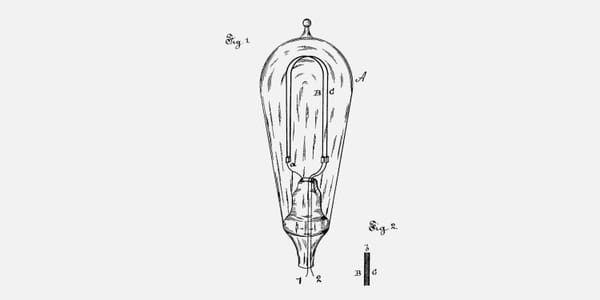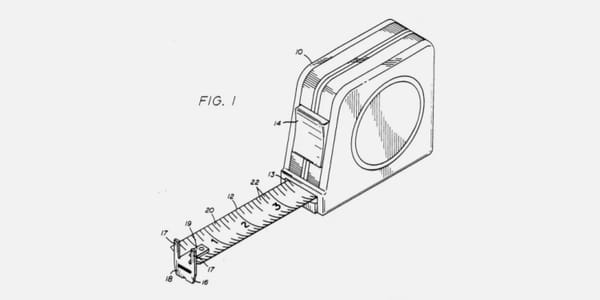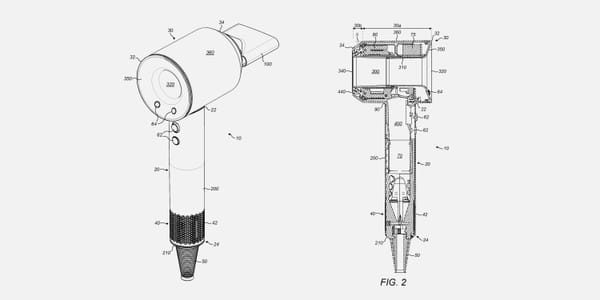Navigating the Entrepreneur's Crossroad: When to Press On and When to Pivot
I recently had dinner with a friend who left finance to chase a dream, building a renowned cosmetic brand with a global presence. Yet, beneath this triumph lies relentless eye-watering challenges. This raises a crucial question: When should one press on, and when is it wiser to pivot or let go?

The glamour of entrepreneurship often overshadows the gritty reality behind it. Recently, over a casual dinner with a friend who owns a successful cosmetic brand, I was reminded of this truth. From a distance, his journey from finance to beauty looks like a resounding victory, adorned with high-quality imagery, global shops, and a dedicated customer base. However, as we chatted over beers, the less visible aspects of his journey came to light: the endless hours, the significant financial risks, the volatility of exchange rates, supplier issues, and relentless competition. It’s a stark reminder that the entrepreneurial path, while rewarding, is also fraught with challenges. This leads us to a critical contemplation: when do you press on, and when do you decide to pivot or even cut bait?
The Illusion of Overnight Success
Many see the end product—a thriving business—and assume it’s been smooth sailing. However, every successful entrepreneur knows that this couldn't be further from the truth. My friend's cosmetic brand, with its polished storefronts and impeccable branding, masks years of sacrifice and relentless effort. His story is emblematic of many entrepreneurs who leave behind stable careers in pursuit of a passion. The initial excitement often gives way to the grueling reality of sustaining and growing a business.
The Cost of Commitment
Every entrepreneurial venture demands commitment, but at what cost? As my friend watches his former colleagues enjoy the fruits of their steady financial careers, the contrast is stark. They have the stability and predictability he lacks, yet he has the fulfillment of building something from scratch. However, fulfillment doesn’t pay bills or guarantee success. Here lies the dilemma: when the going gets tough, do you push through, or do you reassess and pivot?
Learning Fast: A Strategic Imperative
The concept of "failing fast" has been a buzzword in the startup world, but perhaps "learning fast" is more apt. In any business, especially in uncertain territory, staying in limbo is detrimental. The key is to make decisions and investments that provide insight quickly. This means setting clear timelines and investing resources—be it money, time, or effort—to answer critical questions. Are your assumptions about the market correct? Is there a sustainable path forward?
Setting a Timeline for Clarity
One practical approach is to establish a timeline to gauge the viability of the business. This involves:
- Identifying Key Questions: Determine the crucial unknowns that need answers. This could be market demand, cost structures, or competitive landscape.
- Allocating Resources: Decide how much time and money you’re willing to invest to uncover these answers. This might involve market research, product testing, or scaling operations.
- Assessing Progress: At the end of this period, critically assess the data. Has the business met its targets? Are the foundational assumptions still valid?
The Hard Decision: Pivot or Persevere
If, after this period of intense scrutiny, the path forward remains unclear or unfavorable, it might be time to pivot or even exit. This is the hard part—acknowledging that continuing may not be viable. However, making this decision early can save years of struggle and financial drain.
Case in Point: The Cosmetic Brand
Returning to my friend’s cosmetic brand, he adopted this approach when faced with stagnation. By investing in market research and new product lines over a defined period, he gained valuable insights. This allowed him to either double down on what worked or pivot away from what didn’t. While emotionally challenging, this strategy provided clarity and direction, ensuring that his efforts were not in vain.
Entrepreneurship is a journey filled with highs and lows. The key to navigating this journey is strategic clarity—learning fast and making informed decisions quickly. By setting clear timelines and investing in uncovering critical insights, entrepreneurs can avoid prolonged uncertainty and make tough decisions with confidence. So, whether you're running a cosmetic brand or any other venture, remember: it’s not just about pressing on blindly but knowing when to pivot or let go. After all, learning fast is not just about failing; it’s about evolving and adapting to achieve lasting success.
Reflect on your own venture. Are you in limbo? What key questions need answering to move forward? Set a timeline, invest in finding those answers, and be prepared to make the hard decisions. Your future self will thank you.
Todd Bracher, founder of BRACHER and Betterlab, is an Industrial Designer, Design Advisor, Speaker and Author of Design in Context.





